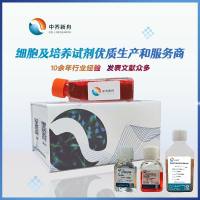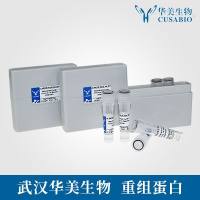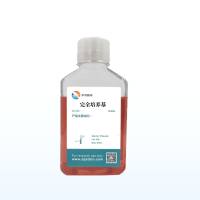Prefractionation Using Microscale Solution IEF
互联网
互联网
相关产品推荐

0.4%台盼蓝染色液 (Trypan Blue Solution)
¥176

STIP1/STIP1蛋白/Hsc70/Hsp90-organizing protein ;HopRenal carcinoma antigen NY-REN-11Transformation-sensitive protein IEF SSP 3521蛋白/Recombinant Human Stress-induced-phosphoprotein 1 (STIP1)重组蛋白
¥69

克-亨氏液 (Krebs-Hensleit's Solution)
¥196

Penicillin-Streptomycin Mixed solution (100×)(C7072)-110ml/10×110ml/20×110ml
¥90

Protein standard solution(5mg/ml)(P0006)-500ul/10×500ul/10ml
¥100
推荐阅读
Sample Prefractionation in Granulated Sephadex IEF Gels
Microscale Thermophoresis as a Sensitive Method to Quantify Protein: Nucleic Acid Interactions in Solution
Microscale Isoelectric Focusing in Solution: A Method for Comprehensive and Quantitative Proteome Analysis Using 1-D and 2-D DIGE Combined with MicroS

